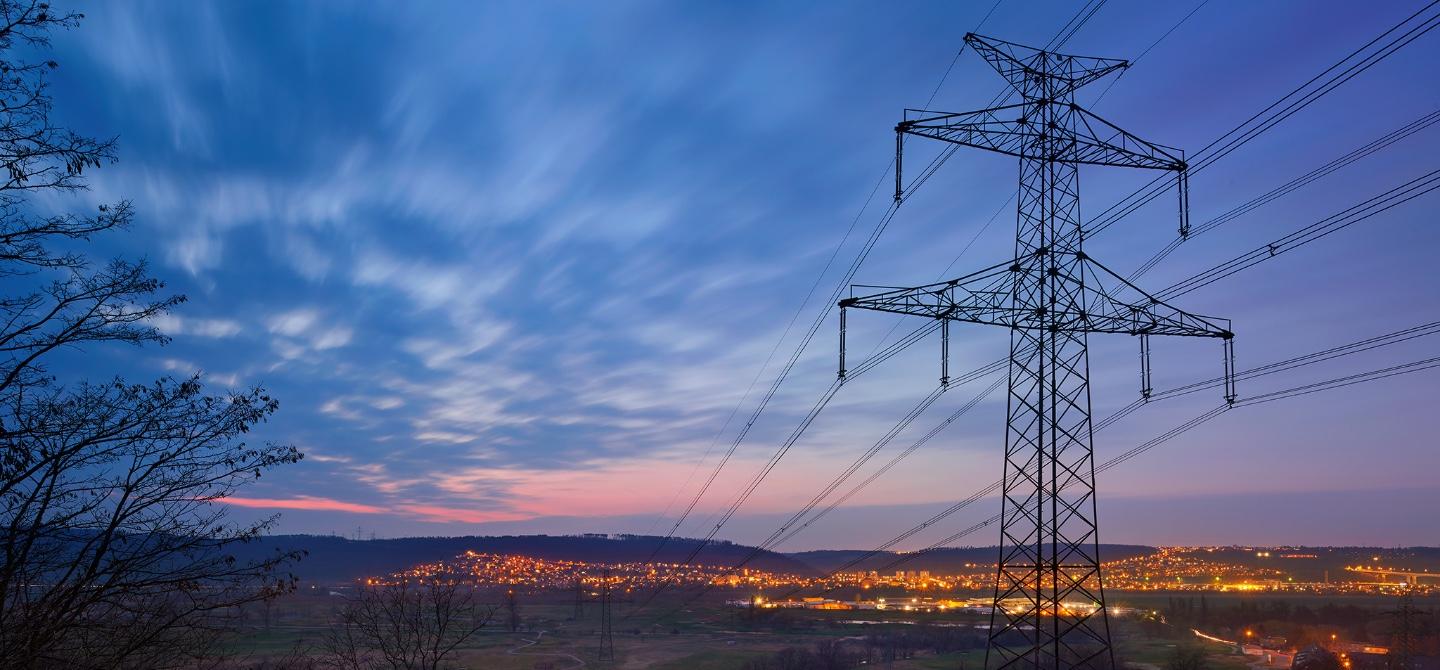2025-06-13
energy

According to a new report from the Statistical Office in Rzeszów, Poland’s energy efficiency improved by 1.5% in 2023 compared to the previous year. This continues a longer-term trend, with the annual cumulative improvement in energy efficiency averaging 1.1% between 2013 and 2023. During this period, primary energy intensity of GDP fell by 31.8%, and final energy intensity decreased by 23.8%, underscoring sustained progress in decoupling energy use from economic growth. The most significant gains were recorded in the industrial sector, where energy efficiency increased at a rate of 2.6% annually. The ODEX index—an economy-wide indicator of energy efficiency with a baseline year of 2000—fell from 76.0 to 68.1 between 2013 and 2023, reflecting a 10.5% improvement overall. While primary energy consumption in Poland declined only marginally over the decade, from 93.4 Mtoe in 2013 to 93.3 Mtoe in 2023, final energy consumption rose from 63.5 to 70.0 Mtoe. This divergence reflects a shift toward more efficient energy use in economic output and increased consumption driven by household growth and lifestyle changes. In the household sector, energy use per square metre declined from 22.1 kgoe/m² in 2013 to 18.7 kgoe/m² in 2023. Heating remained the dominant form of energy use, accounting for over 60% of consumption, though this share has gradually declined. Natural gas and solid fossil fuels continued to be the main energy sources, with heat and electricity also playing significant roles. Industry showed both reductions and increases across energy carriers. Between 2013 and 2023, the use of manufactured gases and solid fuels fell by 38.2% and 34.8% respectively, while consumption of liquid fuels, heat, natural gas, renewables, and non-renewable waste increased. The food, chemical, and mineral sectors were the largest energy consumers within manufacturing, jointly accounting for over half of industrial energy use. Transport remains the least improved sector in terms of energy efficiency, with only a 0.4% annual increase over the decade. Nevertheless, it accounted for the largest growth in final energy consumption, with an increase of 8.0 Mtoe. Energy savings—particularly in industry and households—offset much of the growth in consumption from economic activity. Of the 6.3 Mtoe increase in final energy use across the economy, savings amounted to 7.7 Mtoe, indicating that without efficiency measures, energy consumption would have been substantially higher. Despite some sectoral differences, the data shows that energy efficiency has continued to play a critical role in shaping Poland’s energy landscape over the past decade, especially in reducing energy intensity and curbing demand in key economic areas. Source: Statistics Poland

